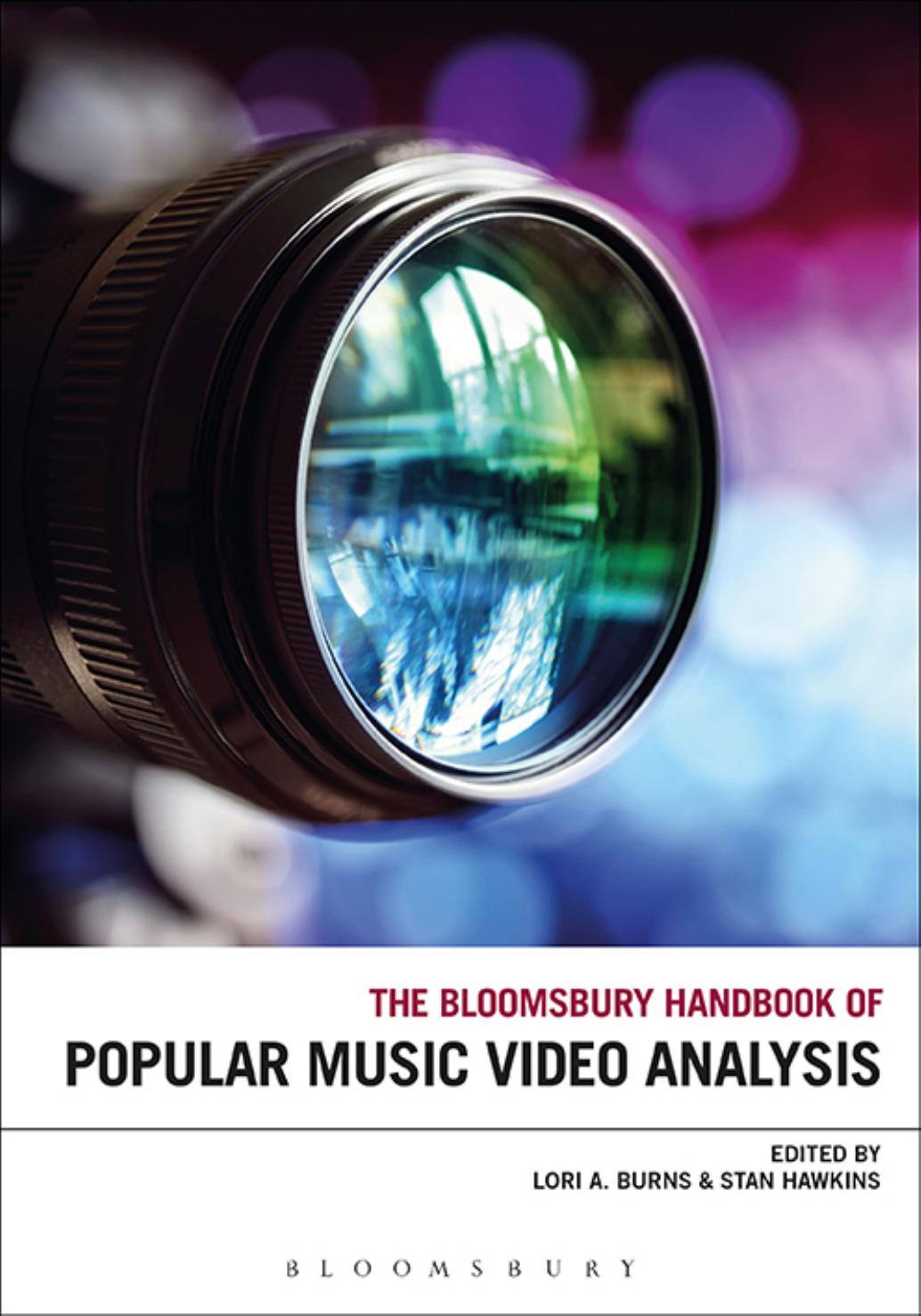The Bloomsbury Handbook of Popular Music Video Analysis by Lori A. Burns;Stan Hawkins;

Author:Lori A. Burns;Stan Hawkins;
Language: eng
Format: epub, pdf
Publisher: Bloomsbury USA
12
The Palimpsestic Pop Music Video: Intermediality and Hypermedia
Jem Kelly
Current debates concerning popular music videos frequently center on notions of hybridity exploring how post-cinematic visual aesthetics develop from and enhance a pre-existing music soundtrack. With this chapter I propose the application of intermedia theory for the analysis of popular music videos because it centers on the conceptual, practical, and modal interrelations between and across different media. Lars Elleström (2010) notes that âintermediality has tended to be discussed without clarification of what a medium actually is.â1 This lack of clarification is what I shall address in this chapter, with the aim of interrogating notions of what a popular music video might be, as well as how it is informed by, or intersects with, other media. I will discuss the remediation of older media within video in an act of âmultiplying mediationâ known as âhypermediacy,â specifically the creation of composite images using visual overlay or parallel diegeses, such that discrete moments in time, alternative narrative spaces, and different technologies are represented and referenced through a process of palimpsest.2
Palimpsest depends upon composite images, superimpositions, and the âinteraction of different temporal tracesâ so that the present is seen to be âhaunted by a pastâ that is either made visible, or brought into view through montage.3 Examining the ontology of the palimpsestic pop music video through examples by The White Stripes, Björk, and The Lotus Eaters, I will attempt to show how a variety of contexts of representationâfilm, DVD, internet, and installationâproduce new meanings through assimilation and extension from one medium to another. These examples affirm the relevance of intermediality for examining new meanings afforded by popular music videos. Central to the chapter is my examination of medienerkenntnis, or media recognition that calls the spectatorâs attention to medial border-crossings and hybridization.4 Indeed, intermediality depends to a great extent on the recognition of âmedia borders and medial specificitiesâ within specific instances of âintermedial practices within the arts,â for without such recognition the term would lose its potency and relevance.5
Intermediality and the pop music video
The pop music video is based upon pre-recorded music, the forms and structures of which inform or determine the video image sequence and have particular material, perceptual, semiotic, or conceptual properties. It is always already a hybrid medium, comprising audio and visual forms and structures that intersect and interrelate in ways that can be described as intermedial. Offering a theoretical approach to the analysis of media, the term intermedia was first coined by Dick Higgins of the Fluxus movement in 1966.6 A notable feature of twenty-first-century intermediality is âthe blurring of generic boundariesâ between media and art forms, including film, video, animation, theater, live art, photography, typography, literature, and recorded music.7 Intermediality refers to artworks that incorporate multiple media techniques, themes, or aesthetics typically found in one medium and displaying in another. I argue here that the pop music video is intermedial because it offers a dialogue between the recorded musical performance and a sequence of video images that are made afterwards. Just as
Download
The Bloomsbury Handbook of Popular Music Video Analysis by Lori A. Burns;Stan Hawkins;.pdf
This site does not store any files on its server. We only index and link to content provided by other sites. Please contact the content providers to delete copyright contents if any and email us, we'll remove relevant links or contents immediately.
| Biographies | Business |
| History & Criticism | Instruments |
| Musical Genres | Recording & Sound |
| Reference | Songbooks |
| Theory, Composition & Performance |
The Goal (Off-Campus #4) by Elle Kennedy(13213)
Kathy Andrews Collection by Kathy Andrews(11348)
Diary of a Player by Brad Paisley(7272)
What Does This Button Do? by Bruce Dickinson(5938)
Assassin’s Fate by Robin Hobb(5868)
Big Little Lies by Liane Moriarty(5528)
Altered Sensations by David Pantalony(4878)
Pale Blue Dot by Carl Sagan(4635)
Sticky Fingers by Joe Hagan(3918)
The Death of the Heart by Elizabeth Bowen(3351)
The Heroin Diaries by Nikki Sixx(3329)
Beneath These Shadows by Meghan March(3158)
Confessions of a Video Vixen by Karrine Steffans(3111)
The Help by Kathryn Stockett(3024)
How Music Works by David Byrne(2970)
Jam by Jam (epub)(2884)
Harry Potter 4 - Harry Potter and The Goblet of Fire by J.K.Rowling(2818)
Strange Fascination: David Bowie: The Definitive Story by David Buckley(2704)
Petty: The Biography by Warren Zanes(2579)
